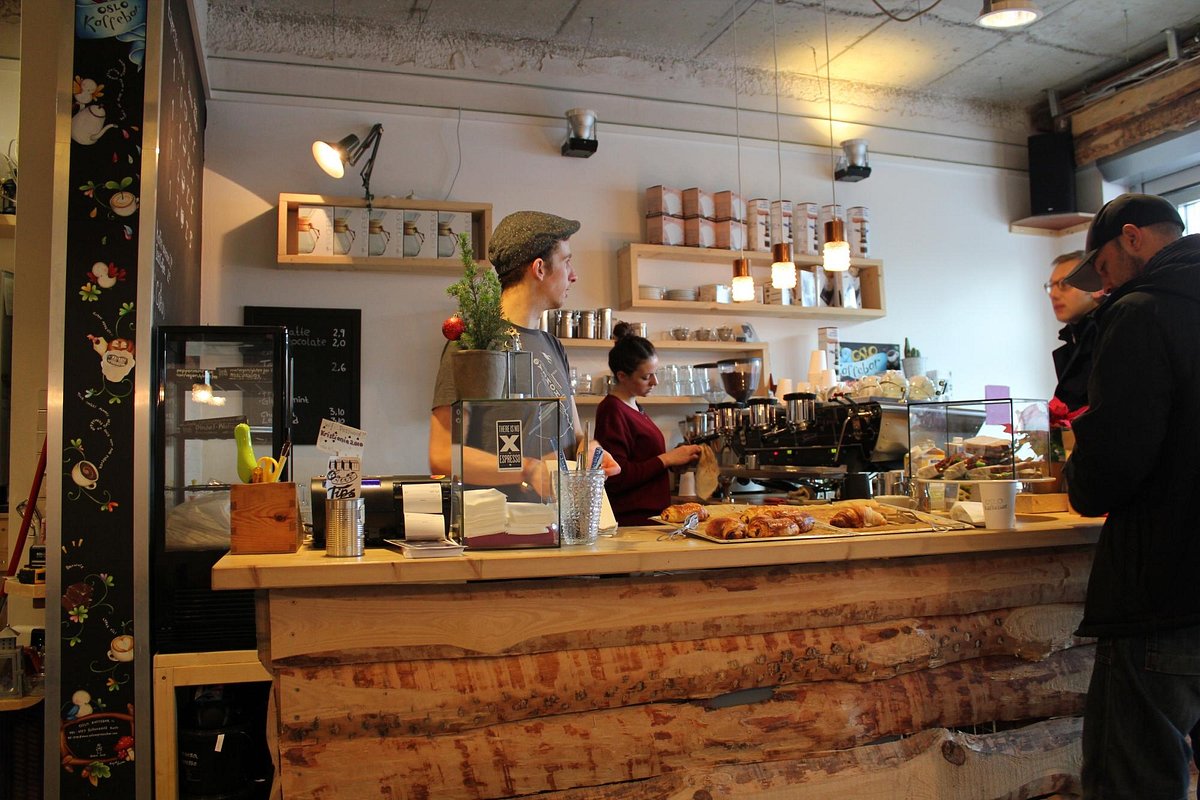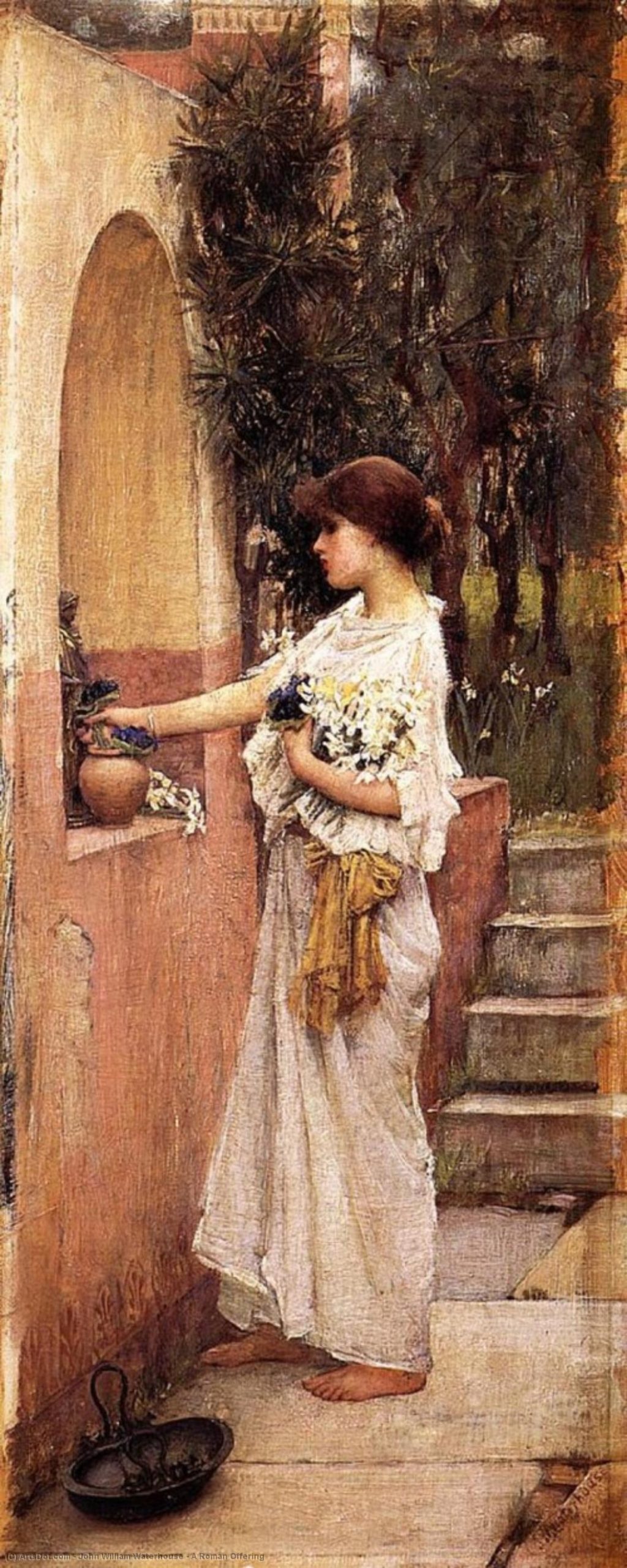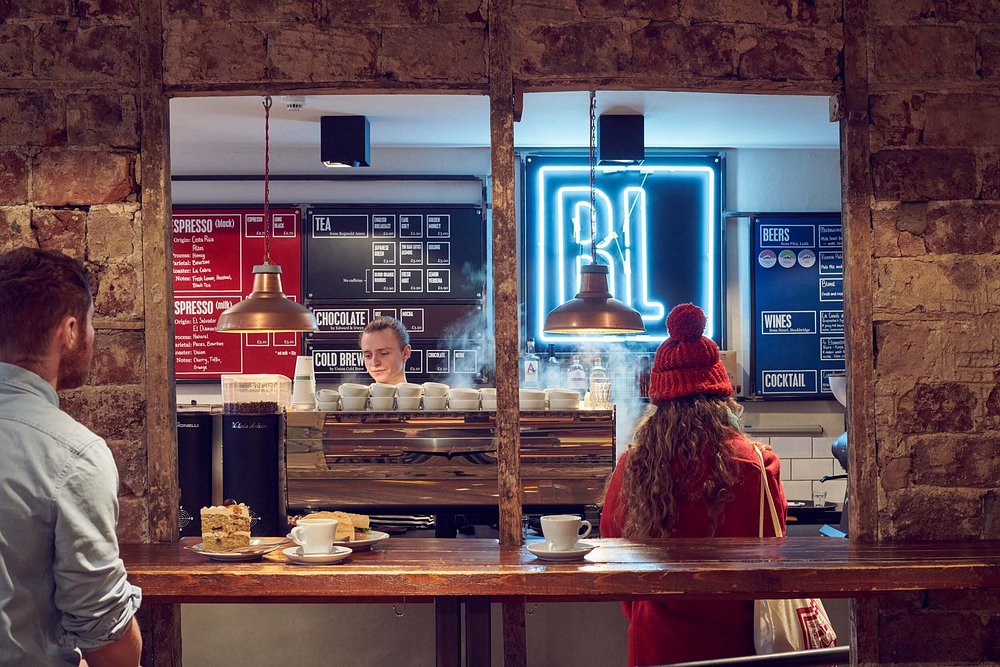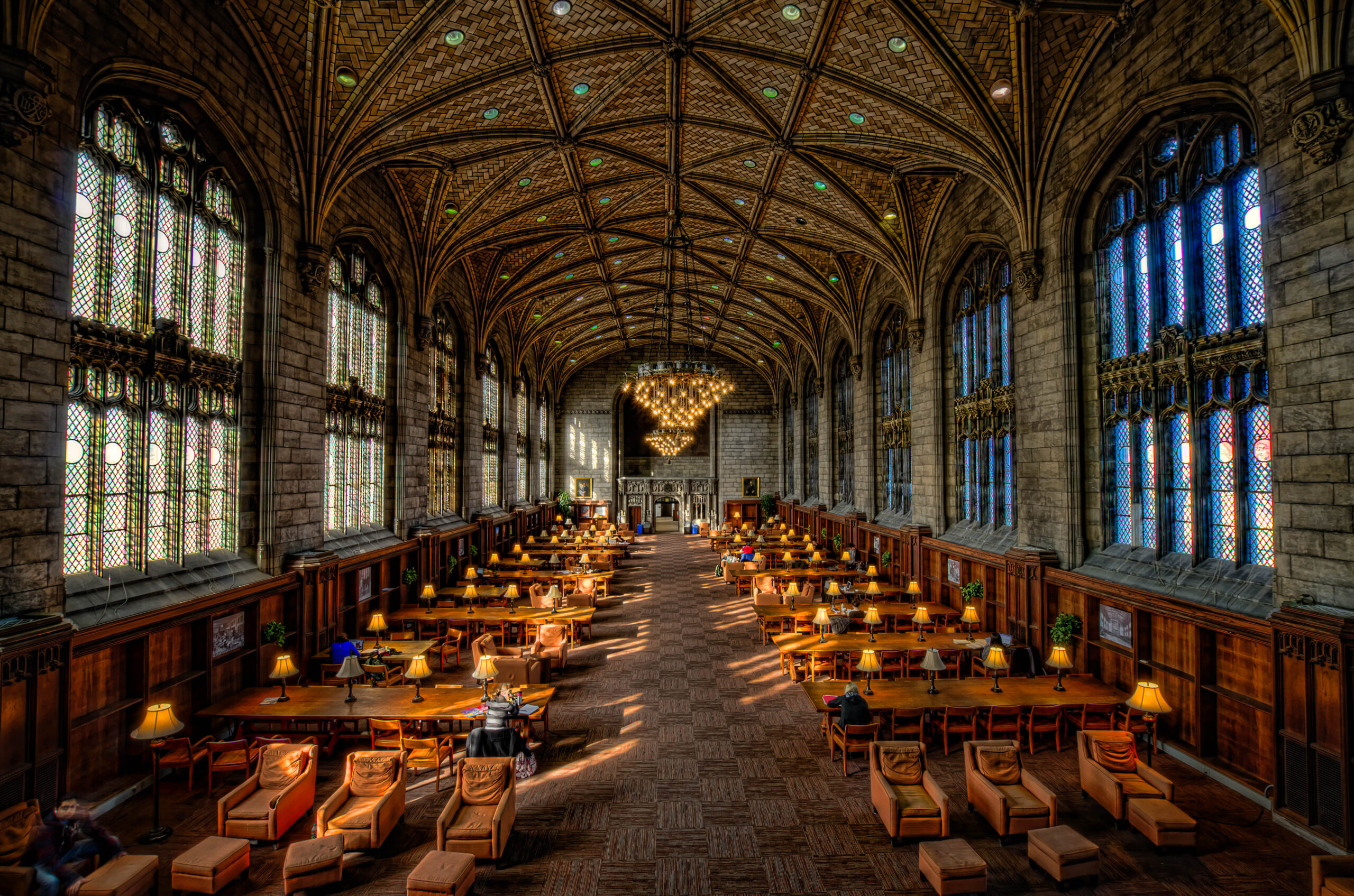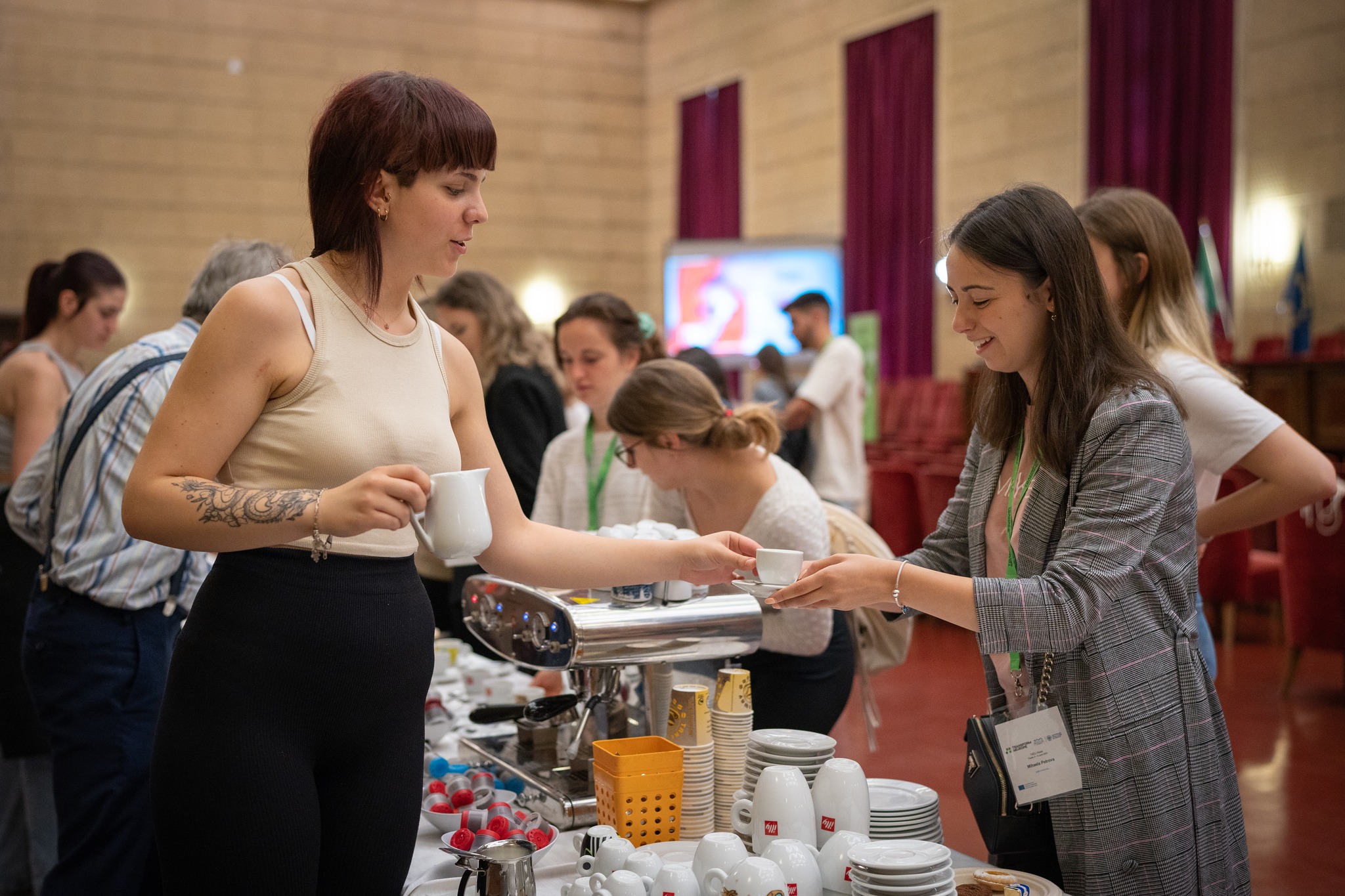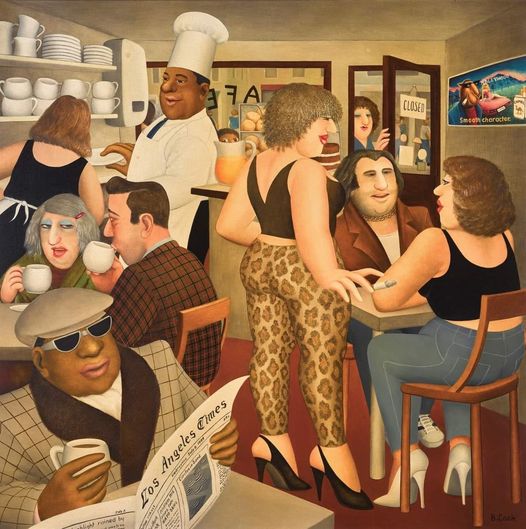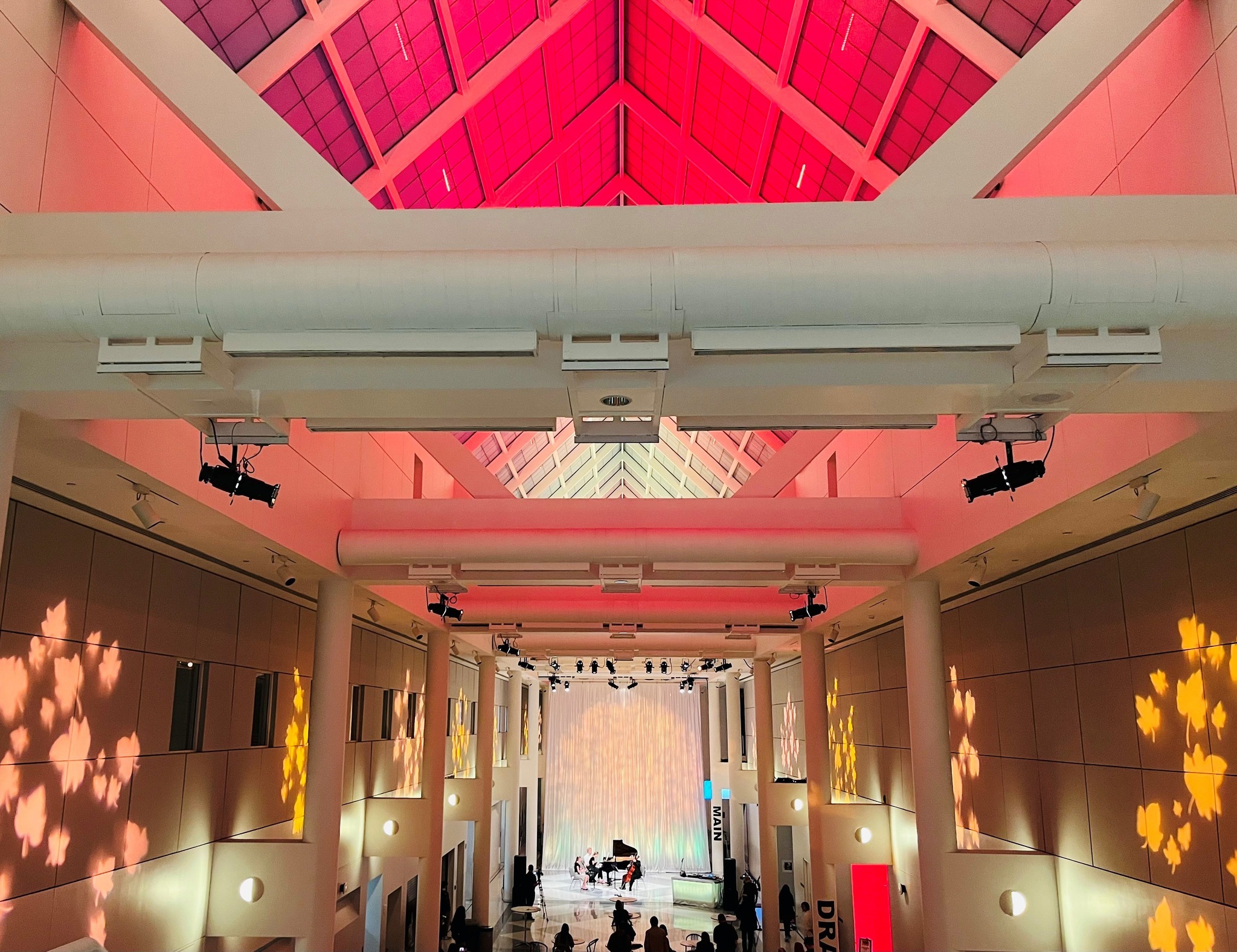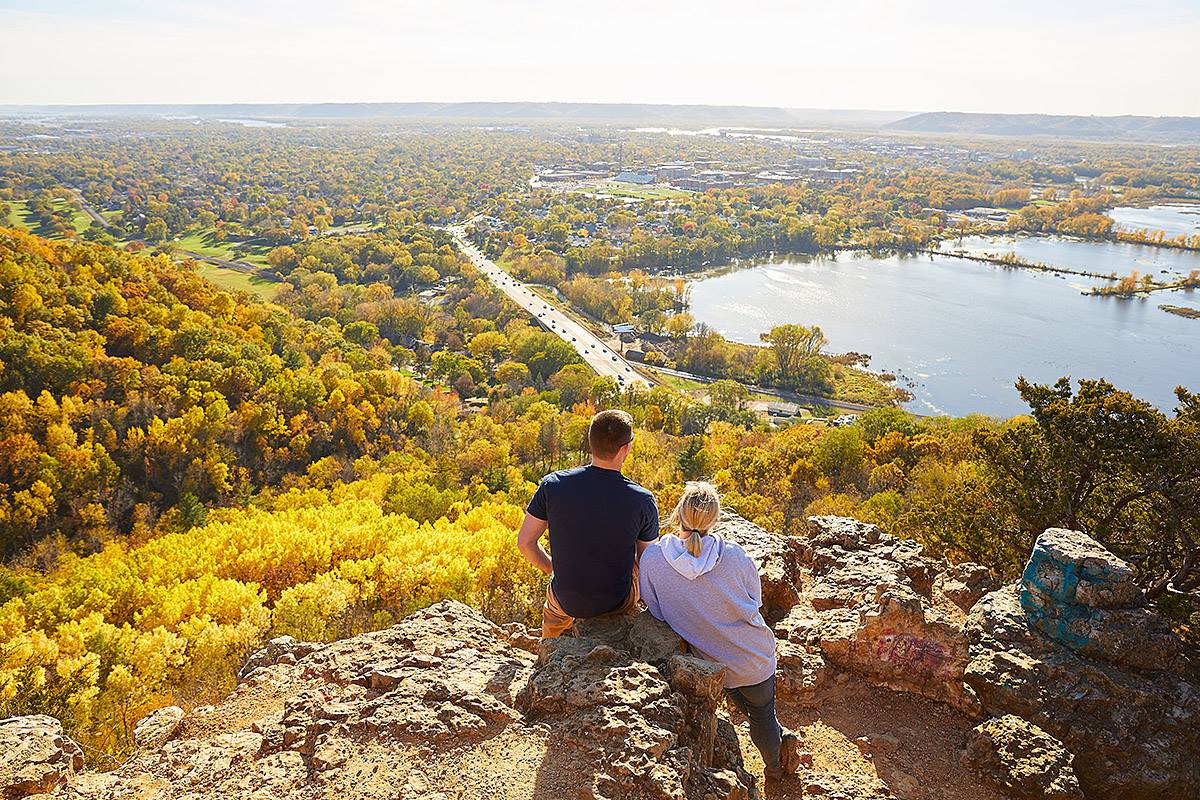Category Archives: Coffee
- Home
- Archive by category "Coffee" (Page 12)

Kokkekaffe
Standards Norway | University of Oslo Statement of Cash Flows: NOK (000) 677 989
Coffee and cardiovascular disease: From epidemiological to etiological perspective | Ulsaker, Hilde
“The Strange Death of Europe” | Douglas Murray
God morgen #arendalsuka ! På MS Sunnhordaland er kaffen og vaflene klare. Kl 8:30 er står følgende på blokka: Hvem har ansvaret når den offentlige debatten flyttes til Facebook? https://t.co/WVBFxqWR5P… @OsloMet @UniOsloHF pic.twitter.com/Eq97wFNxmb
— Universitetet i Oslo (@UniOslo) August 16, 2018
The Brew
This content is accessible to paid subscribers. To view it please enter your password below or send mike@standardsmichigan.com a request for subscription details.
Tea Water & Simnel Cake
“Love and scandal are the best sweeteners of tea.”
— Henry Fielding “Love in Several Masques (Act IV, Scene 11)”
Simnel Cake: British Food History
Union Brew
Student Experience | University of Liverpool
Your newest campus coffee shop is now open! ☕ Last week Union Brew officially opened in the heart of campus at @LiverpoolGuild 💚
We’ve got all the classics, from campus cappuccinos to a brand-new Matcha menu, refreshing smoothies, and irresistible cakes! 🍰 pic.twitter.com/Jo1VUz0iIs
— University of Liverpool (@LivUni) September 17, 2024
Masterplan Estate Strategy 2026+
Related:
College by the Cup: Grounds of Being
Standards Illinois | Consolidated Financial Report 2024: $20.335B
Come spend this crisp autumn day in our basement—Grounds of Being is now open for Fall Term pic.twitter.com/r2lZaBIC4s
— Grounds of Being (@GroundsofBeing) September 27, 2022
“For decades, UChicago’s student-run coffee shops have given community members space to congregate (and caffeinate) on their own terms….We give pretty lenient sway to staff to play whatever music they want… Every once in a while you might hear some Gregorian chants.” — William Rhee, Parents Media Editor
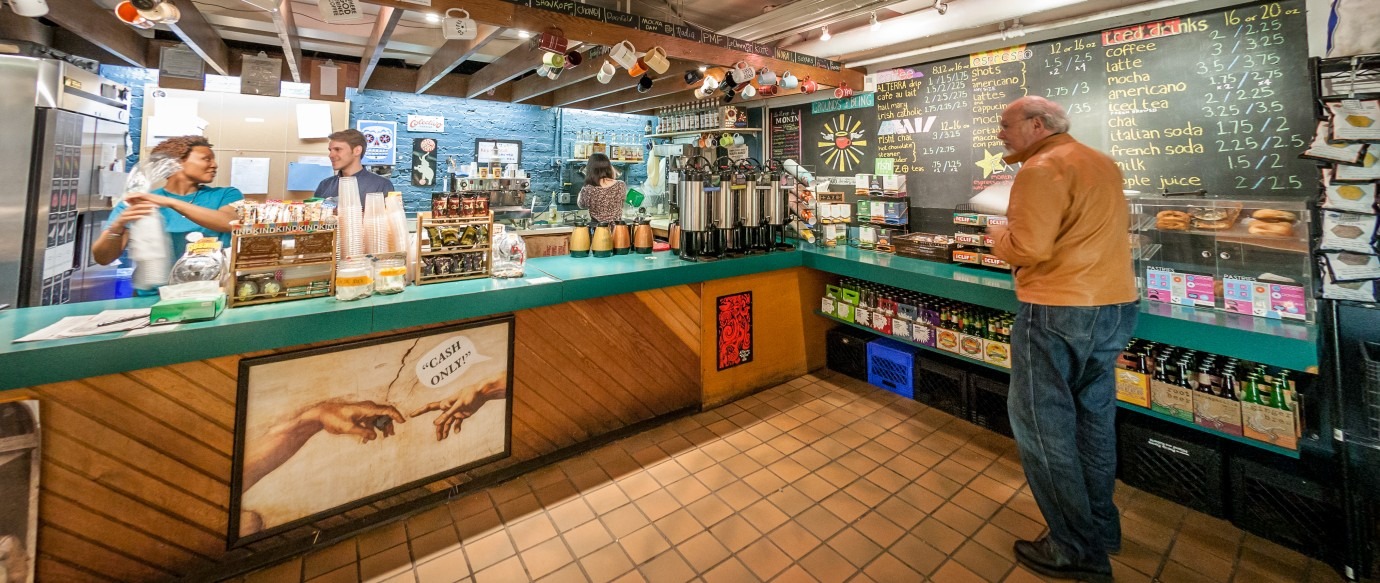
The Storied Past of Harper Memorial Library | ΒΙΒΛΙΟΘΗΚΕΣ
Urban Development of the University of Chicago | Facilities Services
We re-open TOMORROW for the start of the Winter Quarter, and will resume our normal business hours of M-F, 7:45 AM-4 PM. Come through to warm up with some @ColectivoCoffee coffee and tea! pic.twitter.com/1bMDKdeQDF
— Grounds of Being (@GroundsofBeing) January 3, 2018
University of Coffee
“You invent a story, and then the story invents you.”
— Umberto Eco’s Foucault’s Pendulum
Università degli Studi di Trieste
Truth as Glorious Adventure | Douglas Murray & Jordan Peterson
One World Café
Standards New York | UB Operating Budget Report
There are never too few people to make a decision in academia: With the approval of the ‘Capital Planning Board’, ‘Campus Dining & Shops’ brings a new dining experience as part of the ‘Branding Office’s’ ‘Heart of the Campus initiative’; mimicking a trend that converges the family kitchen into a library experience.
The ‘Office of Student Life’ played an integral role in all phases of the project and has prepared this virtual drone tour.
A warm #UBuffalo welcome to everyone on campus for Accepted Students Day today! 👋🏻 We hope you love UB as much as we do 💙 pic.twitter.com/jPXGGa8yFM
— UBuffalo (@UBuffalo) April 6, 2025
Mississippi River Coffee Crawl
Universities Wisconsin | Annual Financial Reports
French Baguette & Cowboy Coffee
Napoleon Bonaparte changed the specification for the traditional round bread so that his soldiers could more easily march with food. Chef Woehrle from the National Center for Hospitality Studies in Jefferson County Kentucky demonstrates how to do it.
Do you know the difference between Italian cornetto and French croissant? pic.twitter.com/P2SMHzMQc6
— TasteAtlas (@TasteAtlas) August 27, 2024
Sullivan’s is thrilled to announce that it now offers the Professional Baker Diploma program at our Lexington campus!
In as little as 9 months, earn your Baking and Pastry degree in a quick, straight-line approach.
Learn more at https://t.co/QnMUcu4eHF pic.twitter.com/3PGSXO7rr5
— Sullivan University (@SullivanU) May 10, 2023
New update alert! The 2022 update to the Trademark Assignment Dataset is now available online. Find 1.29 million trademark assignments, involving 2.28 million unique trademark properties issued by the USPTO between March 1952 and January 2023: https://t.co/njrDAbSpwB pic.twitter.com/GkAXrHoQ9T
— USPTO (@uspto) July 13, 2023
Standards Michigan Group, LLC
2723 South State Street | Suite 150
Ann Arbor, MI 48104 USA
888-746-3670



